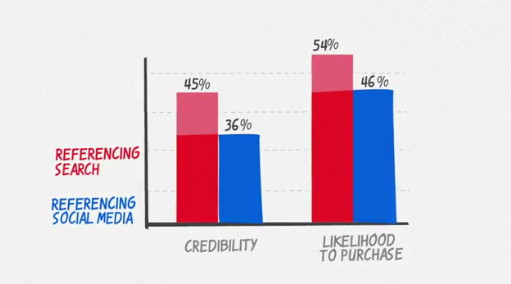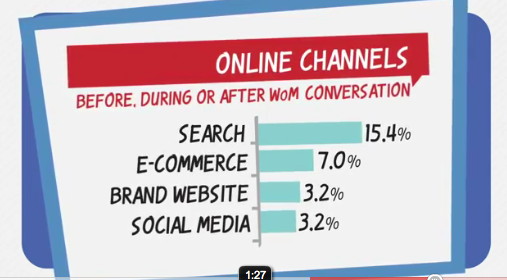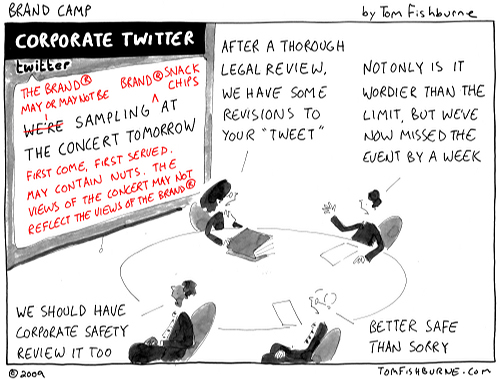Wenn das Imperium Corporate Social Responsibility zurückschlägt…
Volkswagen verschreibt sich schon seit einiger Zeit dem Thema Corporate Social Responsibility (CSR). Offensichtlich soll das Thema Unterstützung von Entwicklungsländern, Nachhaltigkeit und Umweltbewußtsein die strategische Ausrichtung des Unternehmens für die Zukunft zeigen. Wer im Web ein wenig stöbert, findet Broschüren bezüglich des
Engagements in Afrika sowie die neusten Aussagen der Unternehmensführung zum Thema Nachhaltigkeit.
„Nachhaltigkeit ist und bleibt das Fundament unserer Unternehmenspolitik. Ein klarer Schwerpunkt liegt auf ‚grüner’ Mobilität, denn sie ist das Gebot gesellschaftlicher Verantwortung und wirtschaftlicher Vernunft“, beteuern Konzernchef Prof. Dr. Martin Winterkorn und Bernd Osterloh, Vorsitzender des Gesamt- und Konzernbetriebsrats der VW AG, im Vorwort des Berichts.
Das Enagement hat offensichtlich Methode und Erfolg. Erst kürzlich konnte man wieder einen nationalen Erfolg verbuchen, als man den
“Deutschen CSR Preis” nach Wolfsburg holte.
Zum Super Bowl wurde der neue US Passat mit einer Star Wars Kampagne beworben. Die Idee der Kampagen, die schnelle Verbreitung des Videos und die vielen Offlinegespräche, die ich mit diversen Leuten geführt habe, beweisen den Erfolg der Kampagne. Ob da schon jemand an das Thema Nachhaltigkeit und Wirtschaftlichkeit dachte, erscheint mir fragwürdig. In
meinem Post von damals findet man auch nichts…
Das Thema CSR und alle seine kleinen Kinder kamen in den Gesprächen um die Passat Kampagne nicht auf. Wohl aber bei
Greenpeace diskutiert. Strategische Broschüren und nette Worte sind geduldig, hat man sich hier wohl gedacht und mobile gemacht. Das Imperium Greenpeace schlägt zurück.
Mit einer Viral-Kampagne
“VW Darkside” will Greenpeace nun Volkswagen bekehren, parodiert die strategischen Ansätze des Themas Corporate Social Responsibility… und verlängert die Star Wars Kampagne auf seine Weise. VW wird zum Todesstern. Und Star Wars Helden wie Luke Skywalker und C3PO stellen sich mit Lichtschwertern gegen Darth Vader.
Das Video der Greenpeace-Kampagne ist gut produziert, vielleicht nicht so witzig wie der Volkswagen Spot, aber mit hervoragenden bildlichen Aussagen. Die drei Forderungen sind dennoch deutlich…
1. Für strenge CO2-Klimaziele
2. Für strenge CO2-Grenzwerte bei Autos
3. Taten statt Worte!
[youtube http://www.youtube.com/watch?v=nXndQuvOacU]
Letztendlich honoriert Greenpeace die Ansätze des Autobauers und appelliert an deren CSR Strategie: “Noch ist nicht alles verloren, wir spüren deutlich: Es steckt Gutes in Volkswagen!”
Die Frage, die man sich stellt ist… Wie soll Volkswagen angesichts der CSR Strategie reagieren? Wie nachhaltig sind solche Kampagnen von Greenpeace hinsichtlich des Umdenkens. Man denke an die
Kitkat Aktion. Was würdet ihr Volkswagen raten?








